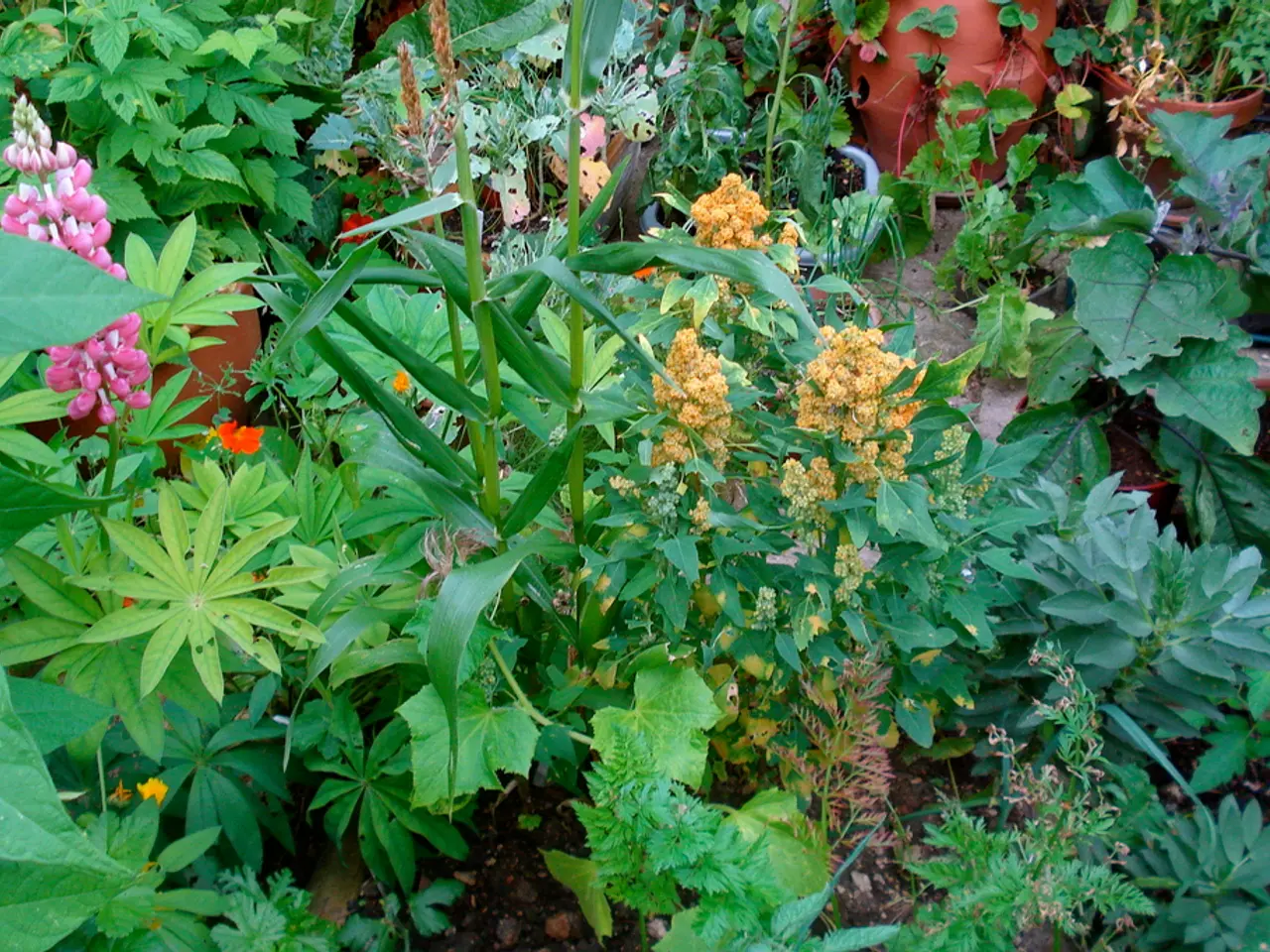Moa Tech's Breakthrough: Less Herbicide, More Effect
Moa Technology has made a breakthrough in herbicide reduction. The company has discovered molecules that can amplify the effects of herbicides, potentially allowing farmers to use less. This comes at a time when herbicide-resistant weeds pose a significant threat, with 168 different herbicides affected globally. Bioherbicides, derived from biological agents, offer a safer alternative but face challenges in growth and adoption.
Dr. Virginia Corless, CEO of Moa Technology, acknowledges cost as a barrier but emphasizes the need for effective bioherbicides. The discovery of 'amplifier' molecules could help achieve this. Other startups like BindBridge, MicroMGx, and WeedOut are also exploring bioherbicides using molecular glues, microbial metabolites, and novel weed pollen.
Dr. Pam Marrone of the Invasive Species Corporation highlights the technical challenges of making bioherbicides competitive with low-cost herbicides. She suggests that AI, ML technologies, and regenerative agriculture practices could aid in developing more effective and sustainable weed control systems. Despite these efforts, the growth of the bioherbicide sector lags behind biopesticides and biofertilizers due to lower efficacy, stricter regulations, and limited farmer awareness.
The Toothpick Project, using mycoherbicide technology, is fighting Striga, a pathogen attacking staple crops in Africa. While bioherbicides offer safer weed control, their growth is slower due to high production costs, lower efficacy, and adoption challenges. Moa Technology's discovery could help overcome some of these hurdles, paving the way for more sustainable farming practices.








